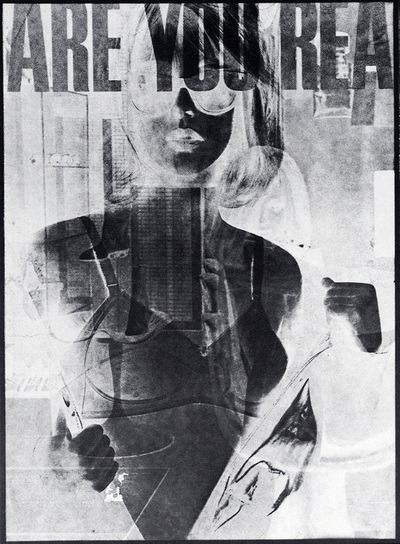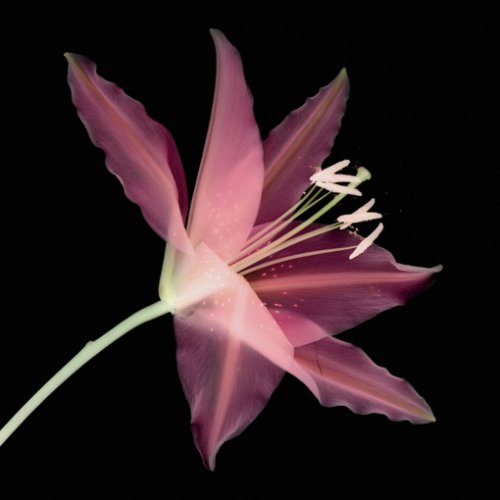During my London trip I visited an exhibition on the history of camera less photography at the Victoria and Albert museum. The word 'photography' comes from the Greek for 'light' and 'writing'. At its most basic, a photograph is an image produced by the action of light and chemicals on a light sensitive surface. However, the exhibition was about how photographs can actually be made without the use of a camera. Some of the earliest photographs were created by placing objects such as leaves or lace directly onto sensitive paper, which was then exposed to light. The resulting image is known as a photogram.

Calvert Richard Jones
Lime Leaf
About 1845
This direct photographic impression is an example of the earliest kind of photography practiced in Britain. The leaf was laid onto photo-sensitised paper, covered by a sheet of glass and exposed to sunlight. The resulting negative image was transferred to another piece of sensitive paper in the same way, to produce the positive image that is shown here. This process is known as 'photogenic' drawing and was discovered by William Henry Fox Talbot in 1835.

Jean-Baptiste-Camille Corot
The Little Sister
1854
This is a photograph made using the 'cliche verre' technique, a photograph made from a hand-drawn negative. The design is scratched onto a piece of smoked glass, which is placed onto a sheet of sensitised paper and exposed to light. The blackened area of the glass acts as a stencil, protecting the sheet below from the light, therefore creating black lines on the paper.

Anna Atkins
Festuca Ovina
About 1854
This photograph was made using a process known as 'cyanotype'. To make a cyanotype a sheet of paper is brushed with iron salt solutions and dried in the dark. The object to be reproduced was then placed on the sheet in direct sunlight. After a few minutes of exposure the paper is washed in water, where oxidation produces a white image on a brilliant blue, or cyan, background.

Curtis Moffat
Abstract Composition
About 1925
In the 1920s the photogram process was rediscovered by the avant-garde artists. They were attracted by the element of chance, spontaneity and experiment in creating an image. Moffat was among the first to use the technique, which he came across when working in Many ray's studio in Paris. He made abstract compositions, developing them in layers to create a tonal range.




Robert Heinecken
Are you Rea
1964-68
Believing that too many photographic images already existed, Heinecken turned to found images such as newspapers and product packaging. He used the material in a variety of transformations for example, lithography, etching and photograms. In 'Are you Rea' he has layered his material to explore notions of consumer culture and self-image. These were the photographs I liked the most from the exhibition as they reminded me of my double exposed images and the photographs of the magazine pages. This is because Heinecken has layered different images together to create a new image.

Barbara and Zafer Baran
The Flower Cabinet
2003
The images in the 'Flower Cabinet' series were made by placing a flower directly onto a scanner. Light passing through the translucent petals, revealing its hidden parts. The scanner works similar to an X-ray machine, leaving this luminous image.
No comments:
Post a Comment